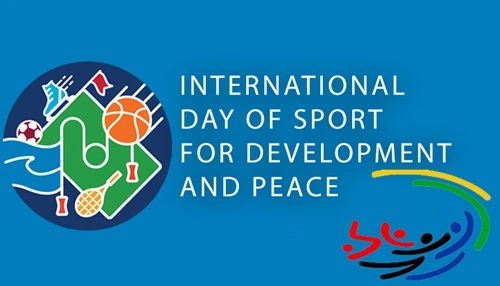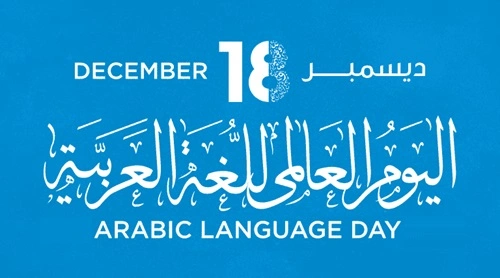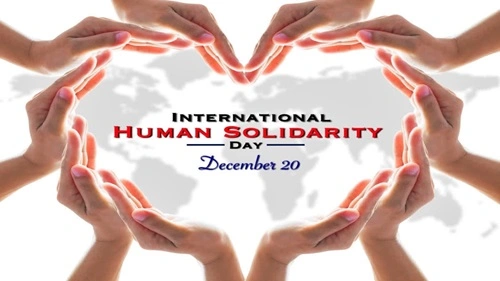The International Day of Sport for Development and Peace (IDSDP), observed annually on April 6, highlights the transformative power of sport in driving social change, promoting development, and fostering peace. Proclaimed by the United Nations General Assembly in 2013, this day emphasizes how sport can unite people across borders, cultures, and communities while addressing pressing global challenges.
From promoting health and education to advancing gender equality and inclusion, sport has proven to be a powerful tool for development and peace. The International Day of Sport for Development and Peace calls on individuals, organizations, and governments to harness the potential of sport to create a better world for all.

Why April 6?
The date, April 6, commemorates the opening of the first modern Olympic Games in Athens, Greece, in 1896. The Olympic movement symbolizes the unifying power of sport and its ability to foster peace and mutual understanding among nations.
The Importance of Sport for Development and Peace
1. Fostering Social Inclusion
Sport brings together people of all ages, genders, and backgrounds, breaking down social and cultural barriers and fostering mutual respect.
2. Promoting Health and Well-Being
Participation in sports encourages physical activity, improves mental health, and reduces the risk of chronic diseases, contributing to healthier communities.
3. Empowering Youth
Sport provides young people with life skills, including teamwork, leadership, and discipline, helping them become active and engaged members of society.
4. Advancing Gender Equality
Through initiatives that promote women’s participation in sports, gender norms are challenged, and opportunities for empowerment and leadership are created.
5. Building Peace and Conflict Resolution
Sport is a powerful medium for fostering dialogue, reconciliation, and trust in conflict-affected areas, promoting peaceful coexistence.
6. Supporting Sustainable Development Goals (SDGs)
Sport contributes to the achievement of the UN Sustainable Development Goals, including goals related to health (SDG 3), education (SDG 4), gender equality (SDG 5), and reduced inequalities (SDG 10).
How Sport Drives Positive Change
1. Promoting Education
Sports programs are often integrated into educational systems to improve attendance, foster teamwork, and instill discipline among students.
2. Encouraging Community Engagement
Sport strengthens community ties by bringing people together for events, activities, and shared goals, fostering a sense of belonging.
3. Providing Opportunities for Marginalized Groups
Inclusive sports programs empower marginalized groups, including individuals with disabilities, refugees, and underserved communities, to participate and thrive.
4. Inspiring Global Solidarity
Sporting events, such as the Olympic Games or World Cup, inspire a sense of global unity, showcasing the shared humanity of participants and fans alike.
Themes of the International Day
Each year, the International Day of Sport for Development and Peace focuses on a specific theme to address key global issues and inspire action. Past themes have included:
- 2023: “Scoring for People and the Planet” – Highlighting the role of sport in sustainable development and climate action.
- 2022: “Securing a Sustainable and Peaceful Future for All” – Exploring how sport can contribute to sustainable development and peacebuilding.
- 2021: “Recover and Rebuild” – Focusing on the role of sport in COVID-19 recovery efforts.
These themes underscore the multifaceted impact of sport in addressing global challenges and advancing societal progress.
Challenges in Using Sport for Development and Peace
Despite its potential, sport faces challenges that must be addressed to maximize its impact:
1. Lack of Access
Many communities, particularly in low-income regions, lack the resources and infrastructure needed for organized sports programs.
2. Gender Disparities
Cultural norms and systemic barriers often limit opportunities for women and girls to participate in sports.
3. Corruption and Mismanagement
Issues such as corruption, doping, and exploitation in sports organizations undermine the credibility and positive impact of sports.
4. Discrimination
Racism, ableism, and other forms of discrimination persist in sports, limiting inclusivity and participation.
5. Environmental Impact
Large-scale sporting events can contribute to environmental degradation unless sustainability is prioritized.
How the Day Is Celebrated
The International Day of Sport for Development and Peace is marked by various activities and initiatives worldwide:
1. Sports Events and Tournaments
Communities organize friendly matches, marathons, and tournaments to promote unity and physical activity.
2. Educational Campaigns
Workshops, seminars, and discussions highlight the role of sport in addressing global challenges and fostering development.
3. Social Media Engagement
Campaigns using hashtags like #IDSDP and #Sport4Development spread awareness about the positive impact of sports.
4. Advocacy for Inclusion
Organizations and governments advocate for policies that promote access to sports for all, especially marginalized groups.
5. Partnerships and Collaborations
NGOs, sports organizations, and international bodies collaborate to design and implement programs that leverage sports for social good.
How You Can Get Involved
1. Participate in Local Events
Join community sports activities to promote health, unity, and inclusion.
2. Support Inclusive Sports Programs
Volunteer with or donate to organizations that provide sports opportunities to underserved communities.
3. Advocate for Equal Access
Encourage local authorities to invest in sports infrastructure and ensure accessibility for all.
4. Spread Awareness
Use social media to share the benefits of sport in promoting development and peace.
5. Foster Sportsmanship
Promote fairness, respect, and inclusion in all sports-related activities.
The Role of the United Nations
The United Nations plays a pivotal role in advancing the use of sport for development and peace. Through initiatives such as the UN Office on Sport for Development and Peace (UNOSDP) and partnerships with organizations like the International Olympic Committee (IOC), the UN promotes policies, programs, and events that harness the potential of sport to achieve global goals.
Looking Ahead
The International Day of Sport for Development and Peace serves as a powerful reminder of sport’s unique ability to unite people, inspire change, and address societal challenges. By investing in inclusive sports programs and fostering global partnerships, we can create a future where sport is a catalyst for sustainable development and lasting peace.
Conclusion
The International Day of Sport for Development and Peace highlights the transformative power of sport in building a more just, equitable, and harmonious world. It celebrates the universal language of sport and its ability to inspire individuals, bridge divides, and promote positive change.
As we observe this day, let us embrace the values of sportsmanship, inclusion, and unity. Together, we can leverage the power of sport to overcome challenges, foster development, and pave the way for a brighter future for all. Sport is more than a game—it is a tool for peace, progress, and humanity.

